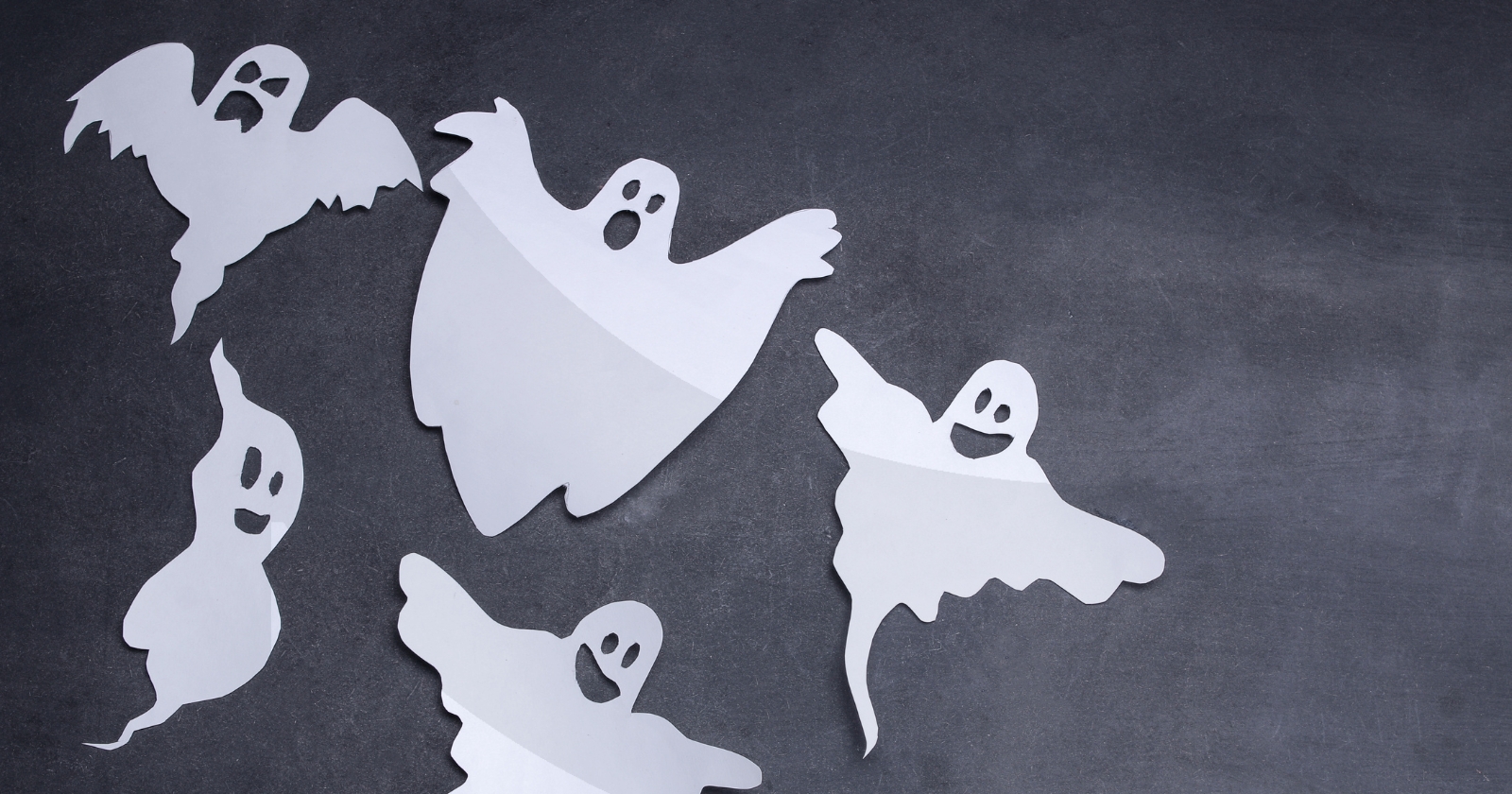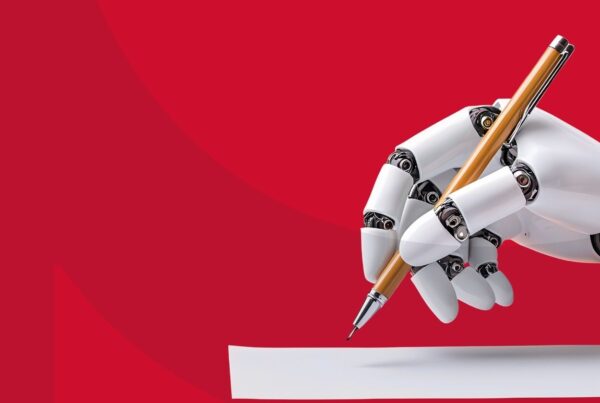In 2025, reputation moves at the speed of social media. A single tone-deaf post, misguided rebrand, or delayed crisis response can undo years of brand loyalty overnight. But for every PR disaster that haunts the headlines, there’s a valuable lesson that smart brands, and their agencies, can take away.
At The Pollack Group (TPG), we study these moments not to poke at failure, but to understand how even the world’s biggest companies misread the room, and how a thoughtful, proactive communications strategy can prevent history from repeating itself.
Twitter’s Rebrand to X: The Identity Crisis That Erased Trust
Do you remember where you were when Elon Musk rebranded Twitter to X seemingly overnight? The iconic bluebird was laid to rest, and the popular social media platform had undergone a complete transformation that erased years of cultural capital. The takeover was so confusing that brands and most users still refer to it today as Twitter, and the idea of “tweeting” is still very much alive despite Musk’s attempts to bury it. When X was announced, marketing professionals quickly revamped their social media campaigns to omit the once-beloved social platform from their strategies as concerns about the direction of the platform mounted. In the blink of an eye, Musk created a new brand that evaporated Twitter’s decade-long identity. The lesson learned here is simple: rebrands should evolve the story, not erase it. Purpose-driven evolution is key, and the strongest brand stories grow; they don’t start over.
Bud Light’s Social Media Backlash: A Case Study in Brand Authenticity
All it took was Kid Rock shooting a case of Bud Light with a machine gun to spark a viral reaction to the brand’s partnership with influencer Dylan Mulvaney. Bud Light’s partnership with a transgender influencer sparked both political backlash and inconsistent messaging. Overnight, polarizing debates surfaced, leading to boycotts, a sales decline, and loyal consumers calling out Bud Light’s response. When you stand for something, stand firm. The brand made a misstep when it tried to appease both sides, thereby further ostracizing its loyal consumer base. Brands that hesitate in moments of controversy lose control of their narrative. By strategically developing messages and mapping stakeholders, Bud Light could have navigated this sensitive topic without abandoning its core values.
American Eagle “Great Jeans” Campaign: When Clever Turns Careless
American Eagle learned the hard way when trying to turn a pun into a cheeky campaign. Unless you live under a rock, you’ve likely seen the “great jeans” ad led by Hollywood actress Sydney Sweeney. Her “my genes are blue” line was tone deaf, at best. While the brand likely found the campaign’s pun-fueled ad clever, many consumers questioned whether the slogan was innocent or part of a deeper narrative. The lesson learned here was a hard one: Messaging is more than just language. Clever isn’t always clear. Language doesn’t exist in a vacuum. Every word, image, and tone carries cultural weight. Brands need not skip steps and should remember to test creative ideas through diverse audience lenses, balancing wit with awareness to ensure messaging connects rather than offends.
Cracker Barrel’s Rebrand: Forgetting What Made the Brand Beloved
No one took Cracker Barrel’s rebrand harder than its loyal fan base. The company’s decision to change its notable barrel-and-rocking-chair logo to a bland wordmark rattled the hearts of devoted diner lovers across the country. Loyal customers revolted, flooding social media with criticism that the company had abandoned its roots. Almost immediately, the change went viral, with consumers outraged that the brand erased its American-inspired logo in favor of something that looked like it was created by a graphic design intern. Within weeks, Cracker Barrel reversed the change, restoring its original logo, but not before damaging its relationship with longtime fans. While many are pleased with the company’s acknowledgment of its misstep, it doesn’t erase how lost Cracker Barrel has become in Corporate America. The lesson here: modernization should evolve legacy, not erase it. Rebranding succeeds when it honors emotional equity. Brands that want to modernize should do so with purpose, updating visuals and narratives without sacrificing the heritage that audiences trust and identify with.
Target’s Pride Month Backlash: The Power of Preparedness
Pride Month is a reminder of the LGBTQ+ community’s ongoing drive to celebrate all identities. Well, Target must have missed the memo. In 2023, the company unveiled a new line of pride merch set to hit stores in June, only to face backlash muddled with claims that it was marketing the merch to children. Instead of using this opportunity to stand up for LGBTQ+ rights and call out the rumors, Target pulled items and shoved pride merchandise to the back of the store. The company’s decision to hide in the shadows magnified the disdain it created. Even though Target’s moves resulted in decreased sales, the company doubled down and, in 2024, completely removed all Pride merch from select stores across the company. Today, the business is still struggling, reporting a net sales decline in 2025 and an expected low-single-digit sales decline by the end of the year. The lesson learned here is rough: Anticipation is the antidote to panic. The company’s lack of preparedness for predictable reactions fueled mistrust among supporters and critics alike.
The Bottom Line: Prevention Is the Best PR Strategy
Every one of these brand nightmares could have been softened, or even prevented, with better foresight, message discipline, and an understanding of public sentiment. At The Pollack Group, we specialize in turning potential crises into moments of clarity and trust. From crisis communications to brand transformation, our work is built around one principle: credibility is earned through consistency. If your brand wants to avoid becoming the next PR cautionary tale, let’s talk about building a strategy that protects your reputation before it’s too late.






